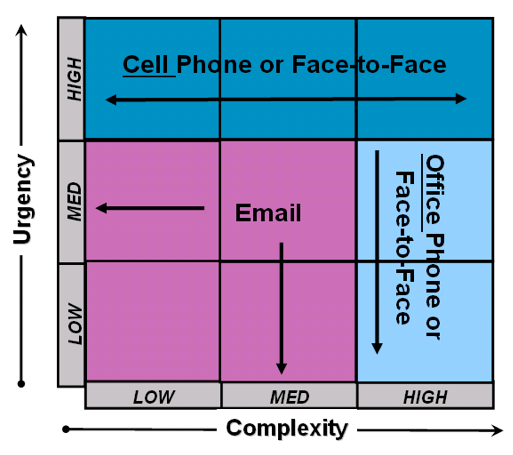In his latest article in the New Yorker (Slow Ideas: Some innovations spread fast. How do you speed the ones that don’t?), Atul Gawande argues that there are ways to increase the speed at which new ideas spread. I think there are powerful lessons for lean leaders in his analysis.
Gawande relays the dramatic differences in the adoption rates of anesthesia and antisepsis in medicine. In October 1846, the first patient was anesthetized in a US hospital for the excision of a tumor. Within eight months, anesthesia was being used all over the world, and within seven years virtually every hospital in the US and Britain had adopted it. By contrast, Joseph Lister first published a series of reports in 1867 about the benefits of antisepsis, but it was over twenty years before sterile procedures and practices became the norm. As Gawande describes it,
two decades [after Lister's reports], hand washing was still perfunctory. Surgeons soaked their instruments in carbolic acid, but they continued to operate in black frock coats stiffened with the blood and viscera of previous operations—the badge of a busy practice. Instead of using fresh gauze as sponges, they reused sea sponges without sterilizing them. It was a generation before Lister’s recommendations became routine and the next steps were taken toward the modern standard of asepsis—that is, entirely excluding germs from the surgical field, using heat-sterilized instruments and surgical teams clad in sterile gowns and gloves.
Gawande goes on to argue that there were two key differences that caused anesthesia to be adopted more quickly than antisepsis:
First, one combatted a visible and immediate problem (pain); the other combatted an invisible problem (germs) whose effects wouldn’t be manifest until well after the operation. Second, although both made life better for patients, only one made life better for doctors. Anesthesia changed surgery from a brutal, time-pressured assault on a shrieking patient to a quiet, considered procedure. Listerism, by contrast, required the operator to work in a shower of carbolic acid. Even low dilutions burned the surgeons’ hands. You can imagine why Lister’s crusade might have been a tough sell. This has been the pattern of many important but stalled ideas. They attack problems that are big but, to most people, invisible; and making them work can be tedious, if not outright painful.
How about the spread of lean ideas through an organization? It seems to me that we face similar challenges. Most organizations have adapted over time to the inefficiencies and problems that their processes create. People are so used to the problems -- product defects, mis-shipped orders, overworked staff, long lead times -- that they no longer question whether or not those issues can be improved. They're just taken for granted as the way things operate. The problems have, in essence, become invisible -- like germs.
Moreover, embracing lean necessitates adopting new approaches to work -- single piece flow, visual management, etc. These new approaches are neither comfortable nor easy for leadership or front-line staff. Yes, lean makes life better for customers (higher quality, lower costs, faster delivery), but in the short term, it doesn't make life any better for workers.
So how do you get ideas to spread more rapidly? Gawande suggests that:
- You have to understand existing norms and barriers to change to really grasp what’s getting in their way.
- You need “seven touches” -- that is, you need to talk to people at least seven times. You can't rely on evidence, no matter how powerful.
- You need to have just a few key, easy to remember messages about the new ideas.
Gawande explains that
“Diffusion is essentially a social process through which people talking to people spread an innovation,” wrote Everett Rogers, the great scholar of how new ideas are communicated and spread. Mass media can introduce a new idea to people. But, Rogers showed, people follow the lead of other people they know and trust when they decide whether to take it up. Every change requires effort, and the decision to make that effort is a social process.
The lesson of this article is that a training program, or a lean promotion office, or a couple of workshops will not be sufficient to spread the change throughout your organization. No matter how logical the changes and no matter how apparent the benefits, you won't be able to spread lean without consistent, one-to-one mentoring.
For another view on this article and its applicability to lean, read Mark Graban's post at the LeanBlog.




